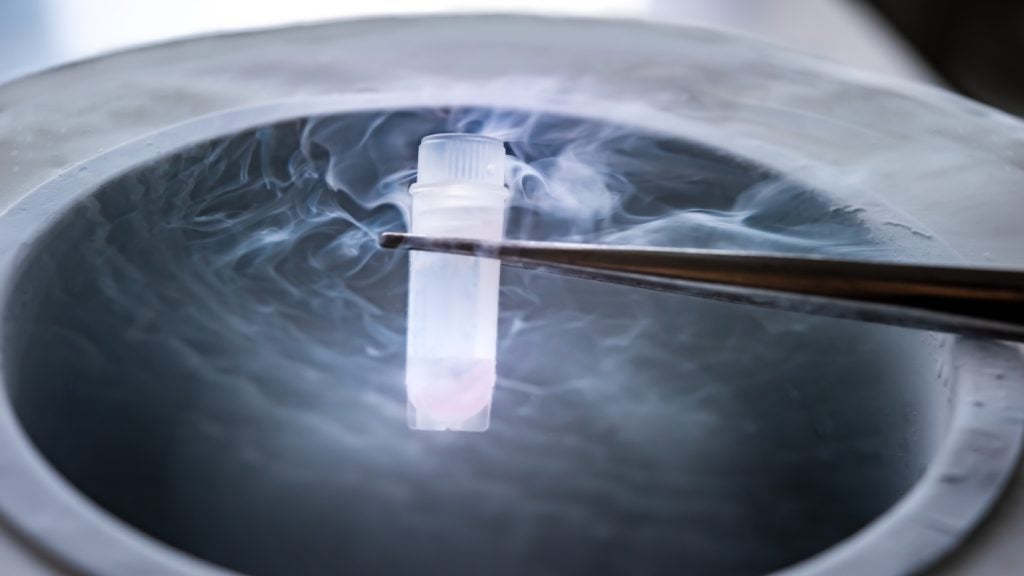
The US Food and Drug Administration (FDA) has granted breakthrough device designation to Royal Philips’ laser-assisted inferior vena cava (IVC) filter removal device.
The device is developed for ablating tissue to separate an IVC filter when other removal methods are unsuccessful.
IVC filters are used for treating venous thromboembolism, a condition characterised by the formation of blood clots in the deep veins of the leg, groin or arm which can move into the circulatory system.
In these cases, filters are positioned in the IVC to stop blood clots reaching the heart or lungs.
Philips noted that the filters can break and travel through the bloodstream to other body parts.
How well do you really know your competitors?
Access the most comprehensive Company Profiles on the market, powered by GlobalData. Save hours of research. Gain competitive edge.

Thank you!
Your download email will arrive shortly
Not ready to buy yet? Download a free sample
We are confident about the unique quality of our Company Profiles. However, we want you to make the most beneficial decision for your business, so we offer a free sample that you can download by submitting the below form
By GlobalDataLower limb deep vein thrombosis and IVC occlusion are some of the long-term risks linked to the use of IVC filters.
Furthermore, IVC filter removal is known to have an increased failure rate and few options for removal are available when the filter becomes hard to take out.
Innovative retrieval tools and techniques are needed if the filter becomes embedded in the vasculature, the company added.
Physicians have access to limited tools that can be used for filter removal when it gets embedded. In addition, no FDA-approved devices are presently available for such removal.
According to two independent and prospective clinical trials, laser-assisted retrieval demonstrated 96-99% effectiveness with a 0.7-2% rate of major adverse events.
Royal Philips image guided therapy interventional radiologist and chief medical officer Atul Gupta said: “There is a clear need for an innovative device to help physicians more safely perform advanced IVC filter removal and I believe that the Philips excimer laser sheath may greatly enhance the options available to succeed in filter retrieval.
“Breakthrough device designation is an important step for a medical innovation such as this one to help fill an unmet need in patient care.”
Earlier this month, Philips signed a strategic collaboration agreement with a MedTech stroke care company, NICO.LAB, to enhance outcomes in stroke patients.







